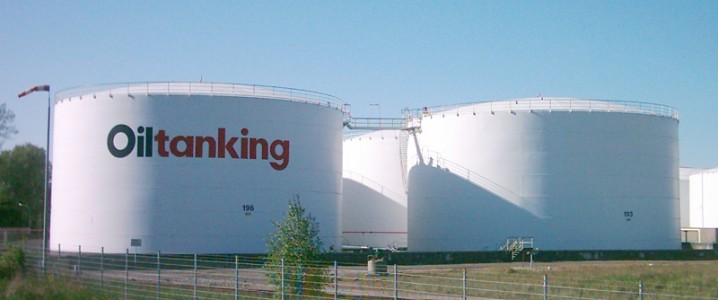Crude oil prices moved up today after the U.S. Energy Information Administration estimated an inventory draw of 1.7 million barrels for the week to March 3.
This compared with a build of 1.2 million barrels for the previous week. At 478.5 million barrels, crude oil inventories are 7 percent above the five-year seasonal average.
The latest estimate follows a string of substantial inventory builds that have pressured prices and that the EIA blamed on production underreporting from the industry and crude oil blending. To remedy matters, the agency said it would amend its surveys and change the way it accounts for blended crude.
Meanwhile, the EIA estimated a draw in gasoline stocks of 1.1 million barrels, which compared with a decline of 900,000 barrels for the previous week.
Gasoline production averaged 9.6 million barrels daily last week, which compared with 9.7 million barrels daily a week earlier.
In middle distillates, the EIA estimated an inventory increase of 100,000 barrels for the week to March 3. This compared with a modest build of 200,000 barrels for the previous week.
Middle distillate production averaged 4.5 million bpd last week, which compared with 4.6 million bpd a week earlier.
Meanwhile, the EIA has forecast that U.S. crude oil production will hit 12.44 million barrels daily this year, rising by 590,000 barrels daily. Production growth next year, however, is seen much weaker, at 190,000 bpd to 12.63 million barrels daily.
As regards demand and supply, the oil market appears to be well balanced for the time being, according to industry executives, who gathered this week in Houston for the CERAWeek industry conference.
However, this balance is precarious and could be easily disturbed due to limited global oil production spare capacity and the possibility for production disruptions related to the war in Ukraine.
“There is very small spare capacity available so small changes in supply have impact,” said Anders Opedal, the chief executive of Norwegian energy giant Equinor, as quoted by Reuters. “It is easy for the market to move in either direction.”



